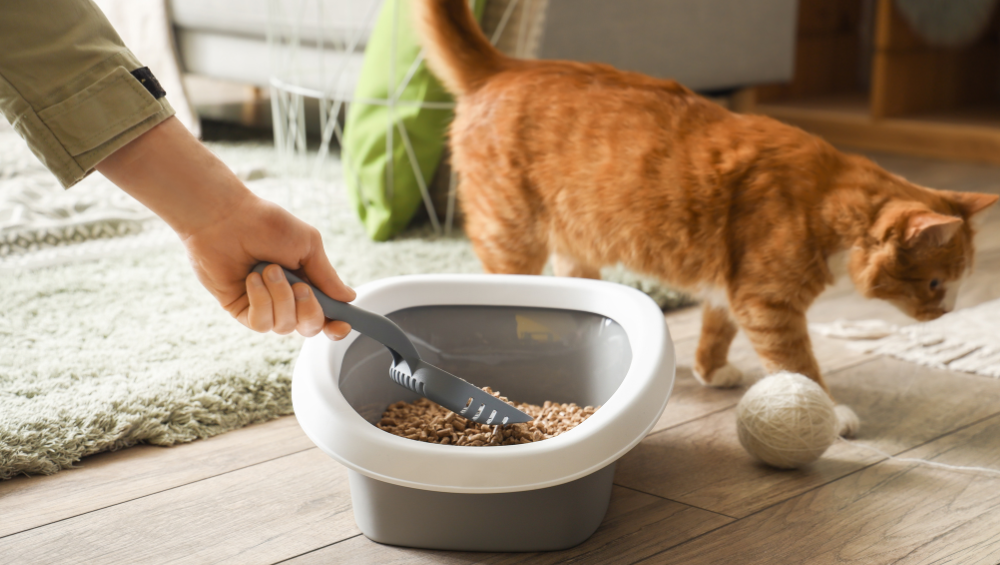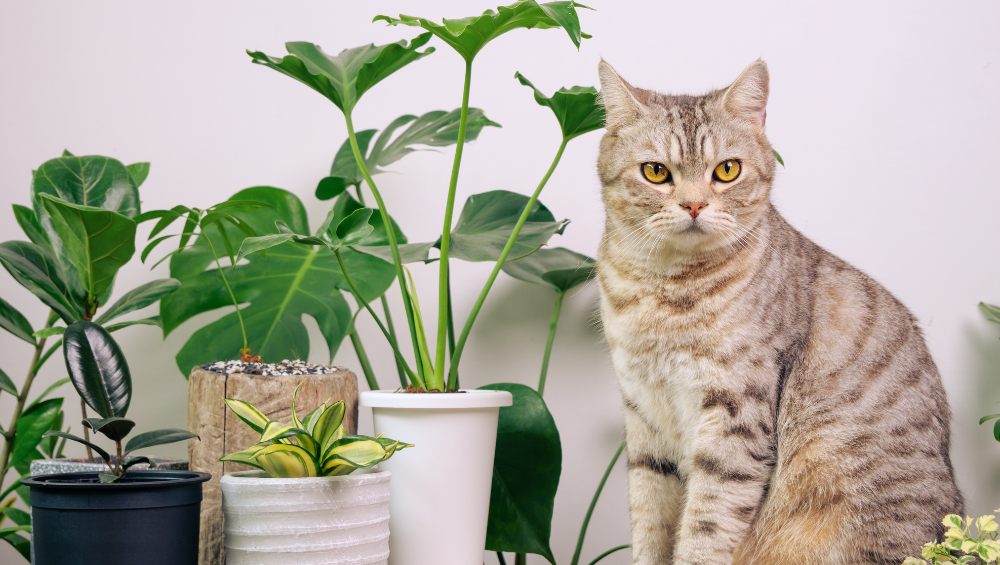Cats are typically tidy creatures, so when they stop using the litter box, it may indicate a deeper problem. Eight typical explanations for why your cat may not be utilizing the litter box are listed below:
- Health Concerns: Cats who have kidney difficulties, urinary tract infections, or other medical conditions may avoid using the litter box. They can decide not to use the box because of pain or discomfort.
- Cleanliness of the litter box: Cats are picky when it comes to their litter boxes. They could look for alternative places to go if the box is filthy or overly full. Cleaning should be done frequently.There aren’t enough litter bins available. If you have a lot of cats, there should be enough litter bins available. One box per cat, plus one more, is a helpful rule of thumb.
- Litter Depth and Type: Cats have preferences when it comes to the kind of litter they use and how much of it they put in the litter box. Try out various litters to determine which one your cat prefers.
- Litter Box Position: – The litter box’s position is very important. It ought to be near a place that is quiet, accessible, and has little traffic. If the litter box is in a distracting or uncomfortable place, cats may avoid it.
- Anxiety and stress – A cat may experience stress if its surroundings changes, such as when it moves, gets a new pet, or the family dynamic changes.
- Territorial Concerns – Some cats may mark their territory by peeing outside the box, particularly if they think other cats or animals are threatening their territory.
- Dirty or Old Litter Boxes – Litter bins may deteriorate or accumulate Odors over time. These aspects may drive cats to avoid them. Older boxes can be replaced or cleaned completely.
It’s critical to rule out any medical problems with your cat by seeing a veterinarian if they are not utilizing the litter box. If necessary, they might propose testing and offer advice. Make sure the litter box is tidy and in the right location, and take care of any stressors that might be having an impact on your cat, in addition to addressing any environmental or behavioural issues.





